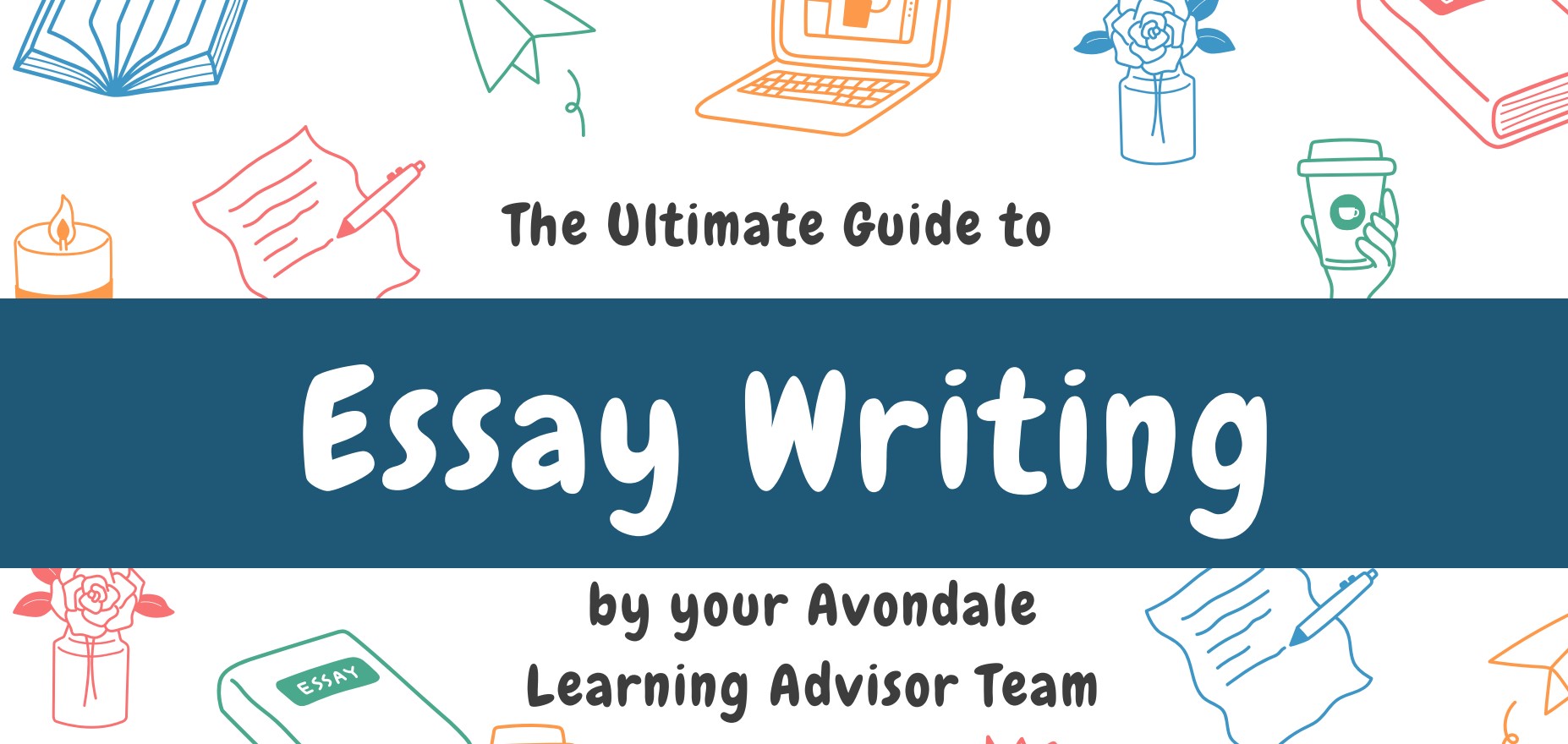

Purpose of an Essay
The purpose of an academic essay is to demonstrate your ability to think critically in response to a particular question or issue. It allows you to make an argument and persuade readers of your position through written composition supported by credible evidence. Essay-writing is the hallmark of tertiary academic writing, and as such, is an important skill to cultivate in developing your academic autonomy.
Structure of an Essay
A simple essay (without an abstract) has four main parts:
1. Introduction
Think of the introduction as a brief guide to your essay. Your introduction should:
2. Body
The body of your essay will be made up of a number of paragraphs that work through the key areas of your essay. In the body of your essay you should:
3. Conclusion
Your conclusion should draw together the main points of your essay without introducing any new ideas. Your conclusion should be closely related to your introduction and should:
4. Reference List
Referencing allows you to acknowledge the contribution of other writers, and is a way of giving credit to those whose words and ideas you have used. It also provides evidence to support your claims, and provides avenue for your readers to do further research on the topic you are writing about (University of NSW, 2019). Collating all your references into a reference list is a critical part of writing your essay.
Here are some points to remember about your reference list:

This resource page has been developed to help you structure a basic essay, however, your lecturer may have specific ideas of what should and shouldn't be included in your assessment. Always ask your lecturer if unsure.
Avondale University acknowledges our Sovereign God as Creator and Provider of all things. We respectfully acknowledge the Awabakal and Darramuragal people as the traditional custodians of the lands on which we live, work, study and worship across our Lake Macquarie and Sydney campuses. We pay our respects to Elders past, present and emerging, and extend that respect to all First Nations People.
Avondale University is a member of the worldwide Seventh-day Adventist system of universities and colleges.
CRICOS Provider No.: 02731D. RTO: 91191. TEQSA: PRV12015. ABN: 53 108 186 401.
© Avondale University Ltd 2025